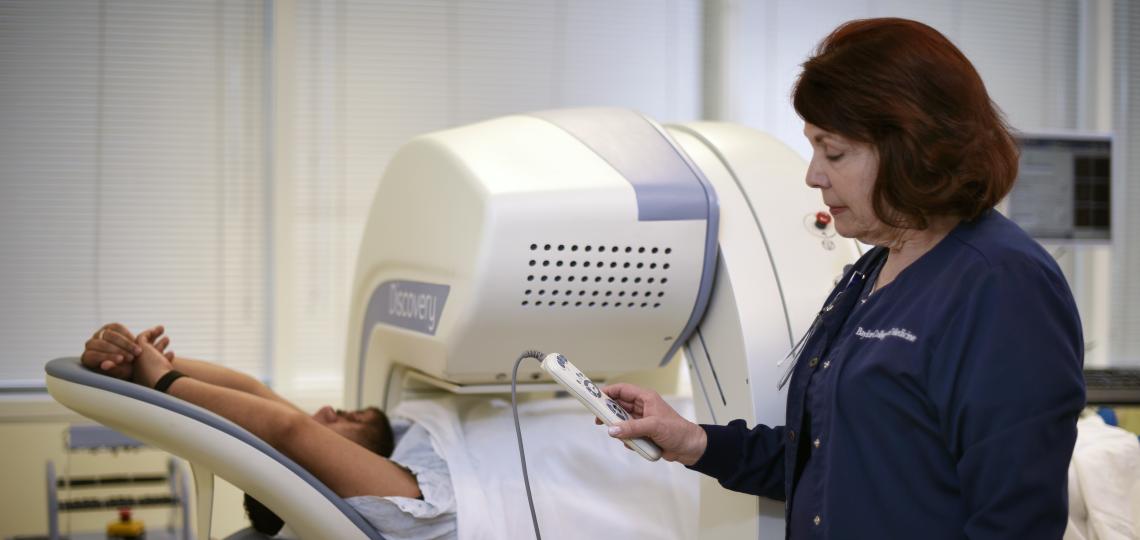
The Baylor Medicine Cardiac Electrophysiology team provides the latest diagnosis and treatments for cardiac arrhythmias, including pacing techniques: His-bundle and left bundle pacing. We are experienced in ventricular tachycardia ablations including in patients that require epicardial VT ablation and in patients with left ventricular assist devices (LVAD). We perform complex ablations in patients with congenital heart disease. We manage and perform genetic testing in patients suspected to have inherited arrhythmia and cardiomyopathy syndromes.
Cardiac Electrophysiology and Arrhythmias
Learn more about heart rhythm disorders.
Meet Our Team
Our team of cardiac electrophysiology experts provides the latest diagnosis and treatments for cardiac arrhythmias.
Clinical Services
As experts in diagnostics and treatment of cardiac arrhythmias and heart failure, our team provides cardiac ablation to fix heart rhythm problems and implant device therapy, including:
- Implantable loop recorder
- Pacemaker
- Implantable cardioverter-defibrillator (transvenous and subcutaneous)
- Cardiac resynchronization therapy pacemakers and defibrillators
- Left atrial appendage occlusion (WATCHMAN and LARIAT)
- Laser lead extraction
Ablations of:
- Supraventricular tachycardias
- Typical and atypical atrial flutters
- Atrial fibrillation
- Premature ventricular contractions (PVC’s)
- Ventricular tachycardias
- Atrioventricular node
Diagnostic Studies or Tests
When you visit your doctor’s office for an electrophysiologic evaluation, after conducting a thorough interview and physical, your doctor will most likely order additional tests. The purpose of these additional tests are:
- To see if indeed an arrhythmia is present and if it is, to obtain a recording of the rhythm disturbance so that it can be correctly identified.
- To assess your risk of future adverse events, such as fainting spells and/or recurrent episodes.
- To guide the treatment plan.
- To see whether you have underlying heart disease. In general, patients with arrhythmias that occur with underlying heart disease tend to do worse.
- Tests are broadly categorized into two types: non-invasive (meaning, no big needles, catheters, or cutting involved) and invasive.
Non-Invasive Tests. Non-invasive tests include an electrocardiogram (ECG or EKG), stress test, echocardiogram, Holter monitor, event monitor, signal-averaged ECG, tilt test, T-wave alternans test, and a cardiac magnetic resonance imaging (MRI) test.
Invasive Tests. The invasive tests that cardiac electrophysiologists use include cardiac catheterization, placement of an implantable loop recorder (ILR, Reveal or Reveal Plus), and electrophysiological testing (EP study).








